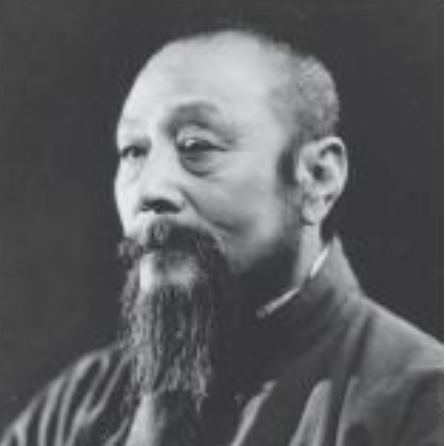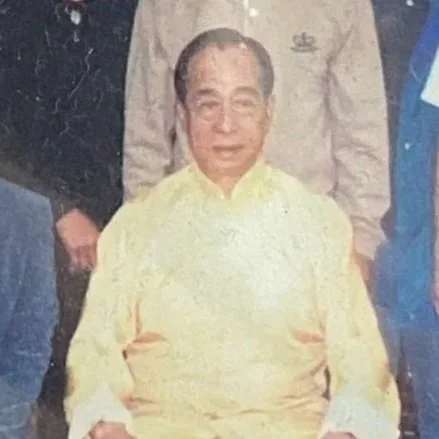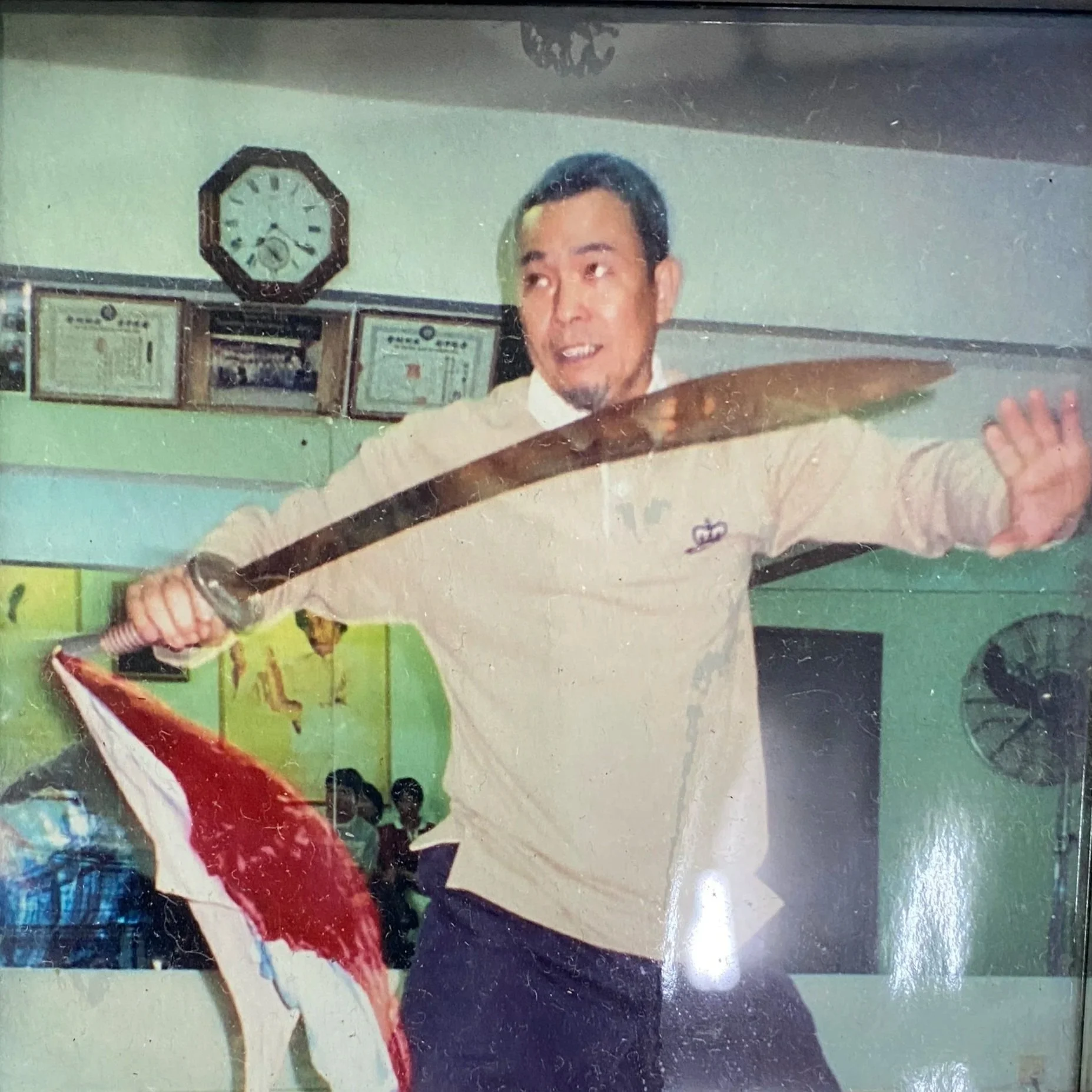Our TaiChi Lineage
Our tradition traces directly to Wu Jianquan’s inner disciple, Zhao Zhongbo (趙仲博) who is recognised by Wu Tunan as Wu Jianquan’s first disciple.
(See Scientific Tai Chi Chuan, Commercial Press in 1931; English translation by Paul Brennan available here.)
Throughout his lifetime, Wu Jianquan taught many disciples, and his art continued to evolve. The system we practice today was transmitted to our sigong, Gong Xiahui, through his teachers Wu Dakui, Young Wabu, and Zhao Zhongbo.
Of these lineages, Zhao Zhongbo’s influence was most profound as he stayed by Wu Jianquan’s side the longest and inherited his most refined methods. Therefore, what Gong Sifu has passed to us, in addition to the commonly practised square and round frames, are the advanced forms of the low and double‑round frames.
About our frames
Zhao Zhongbo’s Influence
Although Zhao Zhongbo was a highly accomplished Taijiquan master, he did not publicly teach many students due to his career as a government official. He is mentioned by Cheng Man Ching in the preface to Wu Tunan’s The Complete Book of Taijiquan: Theory and Application as a respected colleague. Although the exact relationship between the two is now lost to us, it’s clear that Zhao was a highly respected martial artist by his contemporaries.
Gong Sifu demonstrating a section of the Double Round Frame, which was refined by Zhao Zhongbo’s tutelage.
Gong Xiahui’s frames
Master Gong Xiahui (龔夏輝) first inherited Wu Jianquan’s Taichi through Wu Dakui and Yong Wabui, and later refined his practice under Zhao Zhongbo (趙仲博), who emphasised the advanced Low Frame and Double Round methods.
A highly respected figure in Hong Kong’s martial arts community, Gong Sifu founded his own school in the 1980s, helped formalise Taijiquan instruction, and served as a senior advisor to the Hong Kong Chinese Martial Arts Dragon and Lion Dance Association (國術龍獅總會), anchoring a credible, Hong Kong‑rooted Wu style lineage.
Fun fact: Gong Sifu’s Taichi is often noted for being distinct from the commonly practised Wu Style in Hong Kong. When asked why he didn’t establish a “Gong Style Taichi,” he laughed and replied that what he teaches is still Wu Style—simply the more advanced expression.
Yeung Yatfan Sifu performing the Fast Frame, 2025
Gong Xiahui Sifu performing his version of the Fast Frame, Hong Kong, 2001.
About our frame
In our lineage, each frame and section of the form has a specific training theme. The Fast Frame’s theme is performance. It’s not about copying—it’s about interpreting. Practitioners are encouraged to adjust speed, emphasis, and rhythm. Like a jazz piece, it’s meant to be expressive, not uniform.
Students who reach the Fast Frame have already gone beyond the stage of imitation. Unlike modern health-focused forms that often emphasise repetition and uniformity, Fast Frame demands personal understanding, timing, and expression.
It’s not just movement—it’s interpretation.
Students who wish to learn our frames will need to reach a certain prerequisite level of strength, mobility, and demonstrable comprehension of theory.
If you are already familiar with Wu Style or Yang Style Taichi long form then it helps!
We welcome new students, but …
Be prepared that our Wu Style frames are advanced.
They require a good level of mobility, mental agility, endurance and critical thinking to master.
Whether you have existing experience in Wu Style or not, the progression of the frames is usually Square, Round, Low, Double Round and finally Fast Frame.
At the same time, there are Push Hand techniques, traditional weapon forms and applications to practice: all tools to further the comprehension of Taichi techniques.
This system isn’t a walk in the park, it’s not Kung Fu for Fun, and not something to be mastered in a year or two—but if you’re willing to learn, we’re willing to teach!
Wu Jianquan, 吳鑑泉
Gong Xiahui, 龔夏輝
Chen Youcai, 陳有才
Yeung Yat Fan, 楊一帆




